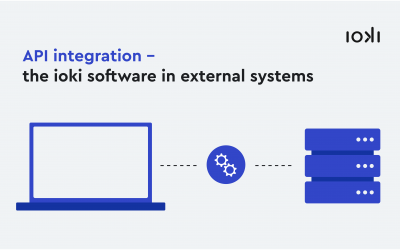For the appropriate ridepooling use case and thus the success of the on-demand service, our experts take various parameters into account. These include fleet characteristics, the planned waiting and service times of the transport or how many detours are accepted for journey requests. Based on the ioki algorithm, the operational simulation can determine how many vehicles are needed to provide passengers with a high-quality service. In concrete terms, this means that the incoming ride requests are optimally distributed among the available vehicles.
The ride pooling parameters diversions and waiting time have the greatest influence on the overall public transport system and on the passengers. As a rule, an increase in waiting time by a few minutes does not result in a loss of quality for passengers. After all, on-demand shuttles reach more people than scheduled public transport services. Our mobility experts work together with the transport companies to coordinate mobility concepts.
More about Mobility Analytics at ioki here.



